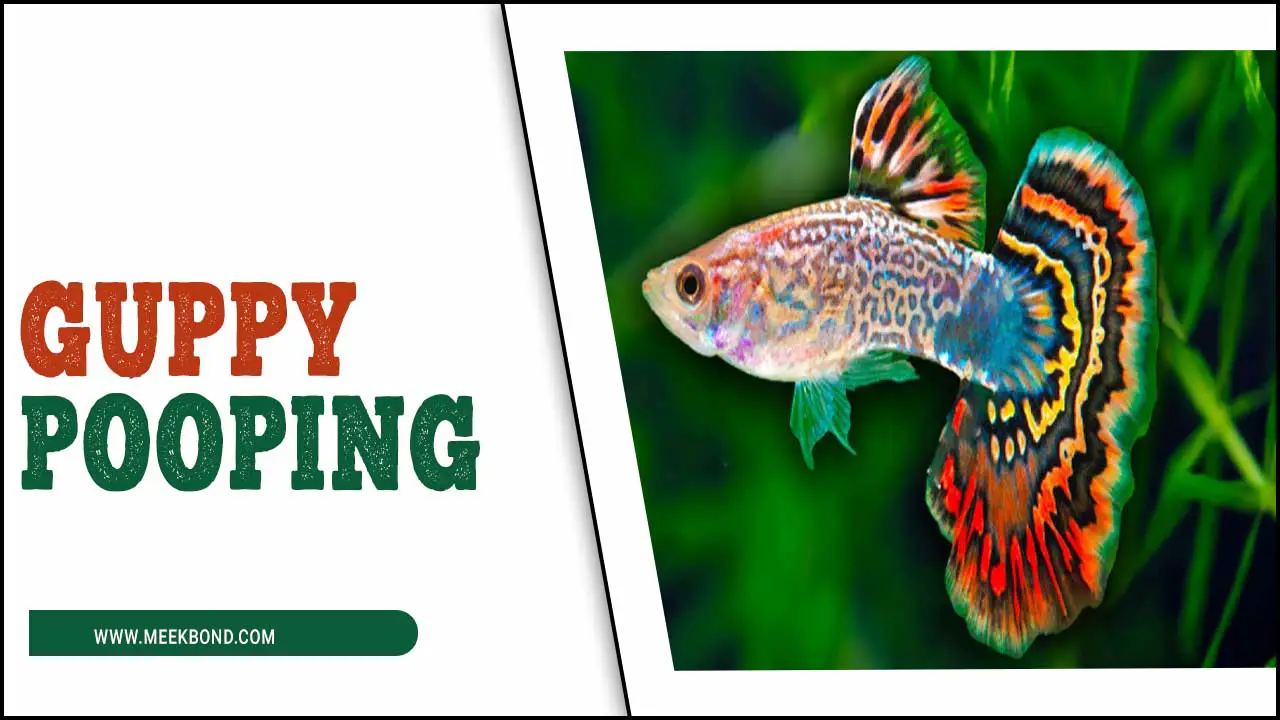A bump on a fish’s head can indicate various conditions or injuries. It is important to closely examine the bump and observe any accompanying symptoms, such as changes in behavior, appetite, or swimming patterns.
From electrosensitive rostrums to bioluminescent lures, fish have a variety of intriguing characteristics that make them a wonder to study. Here we will dive into the top 10 weirdest things found on a fish’s head and explore the symptoms, causes, and common diseases that lead to bumps on fish heads. We will provide you with a complete guideline on remedies for bump on fish head so that you can take care of your aquatic pets in the best possible way.

Top 10 Weirdest Things Found On A Bump On Fish Head
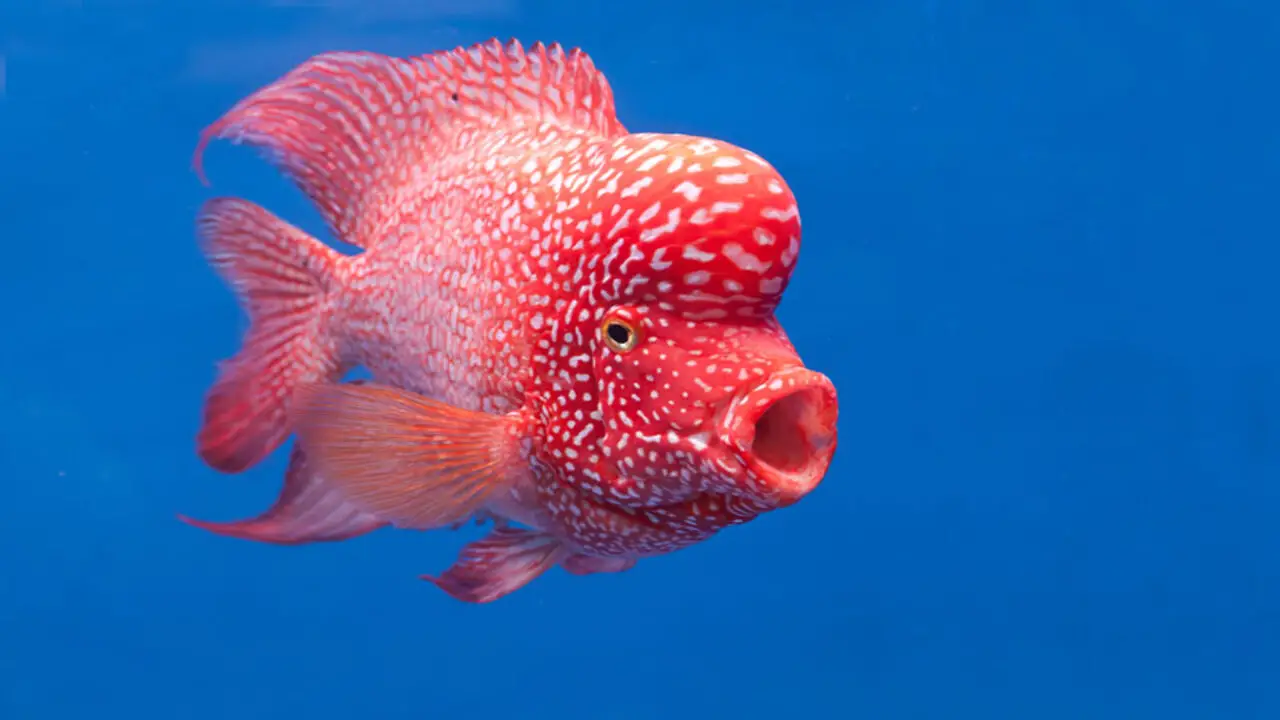
Fish heads can sometimes harbor unusual and unexpected features. One of the most common occurrences is the presence of parasites, both external and internal, which can latch onto a fish’s head. Like humans, fish can also develop benign cutaneous tumors like neurofibromas. Another peculiar finding is the formation of cysts, characterized by fluid-filled sacs on the bump on fish head.
Lumps and bumps can also appear due to injuries or infections, causing varying textures on the surface. Additionally, some fish may be born with deformities on their heads, further adding to their unique appearance.
Fungal infections can manifest as white patches or growths, making the fish’s head stand out. With so many peculiarities, it’s important for aquarists to monitor the health of their fish and ensure good water quality to prevent these abnormalities from occurring. Here we discuss the Top 10 Weirdest Things Found on a bump on a fish head.
Electrosensitive Rostrum
The electrosensitive rostrum is an extraordinary organ observed on the heads of certain fish species. It plays a crucial role in detecting electrical fields in their surroundings, aiding them in navigation and hunting. Fish species like sawfish and paddlefish commonly have this unique organ. Composed of specialized cells called electroreceptors, the electrosensitive rostrum is exceptionally sensitive to electrical impulses.
Although scientists have made significant progress, they are still studying this organ’s precise function and capabilities, unraveling its mysteries. By understanding the complexities of the electrosensitive rostrum, we gain valuable insights into the fascinating adaptations that fish have developed to thrive in their aquatic environments.
Ampullae of Lorenzini
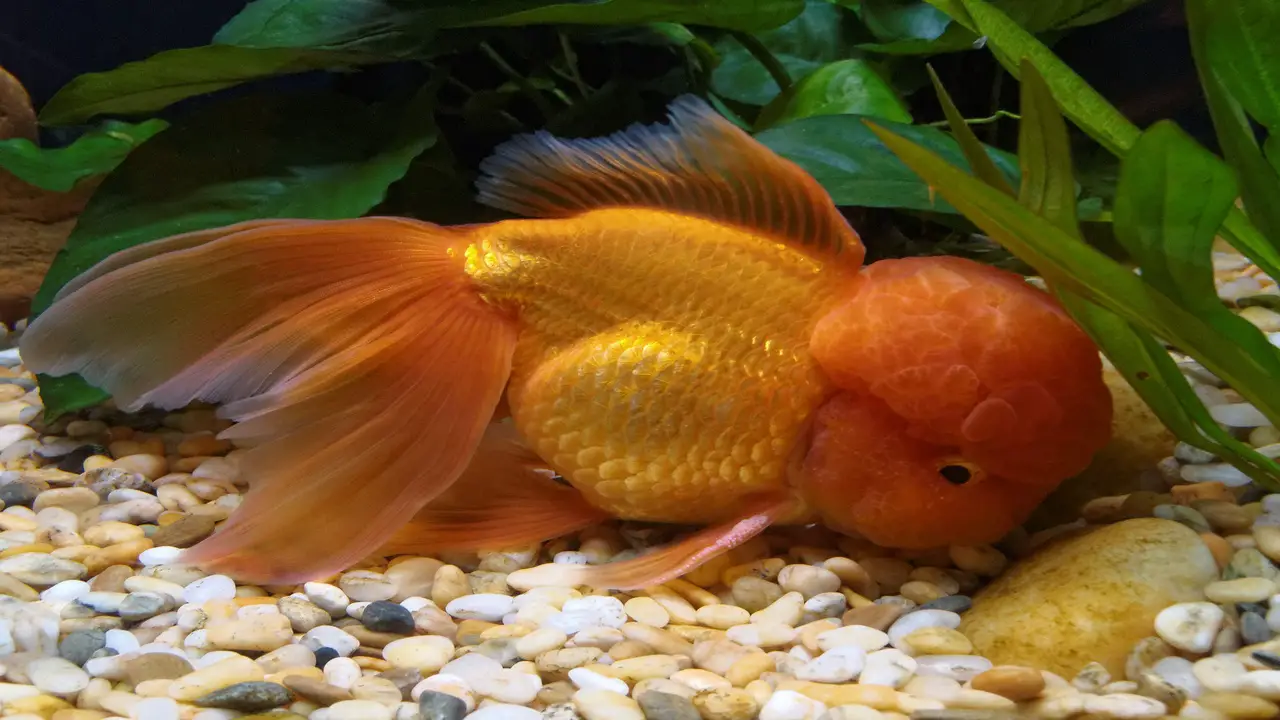
The Ampullae of Lorenzini specialize in jelly-filled pores found on the head and around the mouth area of fish, including sharks, skates, and rays. These unique sensory organs enable fish to detect electric fields in their environment. The ampullae of Lorenzini play a crucial role in hunting and navigation by helping fish sense prey and changes in water temperature.
Scientists have extensively studied these jelly-filled pores to gain a better understanding of the sensory capabilities of fish. By unraveling the mysteries of the Ampullae of Lorenzini, researchers have discovered fascinating insights into how fish interact with their surroundings and adapt to different environments.
Nuchal Hump
The nuchal hump is a distinct feature found on the head of certain fish species, most notably cichlids. This prominent bump is often sees as a sign of good health and breeding potential in these fish. It is believed to be linked to increased testosterone levels in males.
However, a fish’s diet can also influence the development of a nuchal hump, especially if it includes high protein content. While generally harmless, this bump on the fish’s head may cause some individuals discomfort or difficulty in eating. It is important to ensure proper water quality and minimize stress factors in the aquarium to promote the overall well-being of the fish.
Sucking Disk
Some fish species possess specialized adaptations known as sucking disks on their heads. These disks serve various functions, including attachment to surfaces and creating suction for feeding and respiration. The size and shape of the sucking disk can differ between fish species, allowing for unique feeding behaviors like scavenging or grazing.
Furthermore, a sucking disk can be a distinguishing characteristic used to identify certain fish species. These disks play a crucial role in the survival and behavior of the fish, enabling them to thrive in their aquatic environments. They are an intriguing feature that showcases the remarkable adaptations found in the underwater world.
Sword-Like Bill
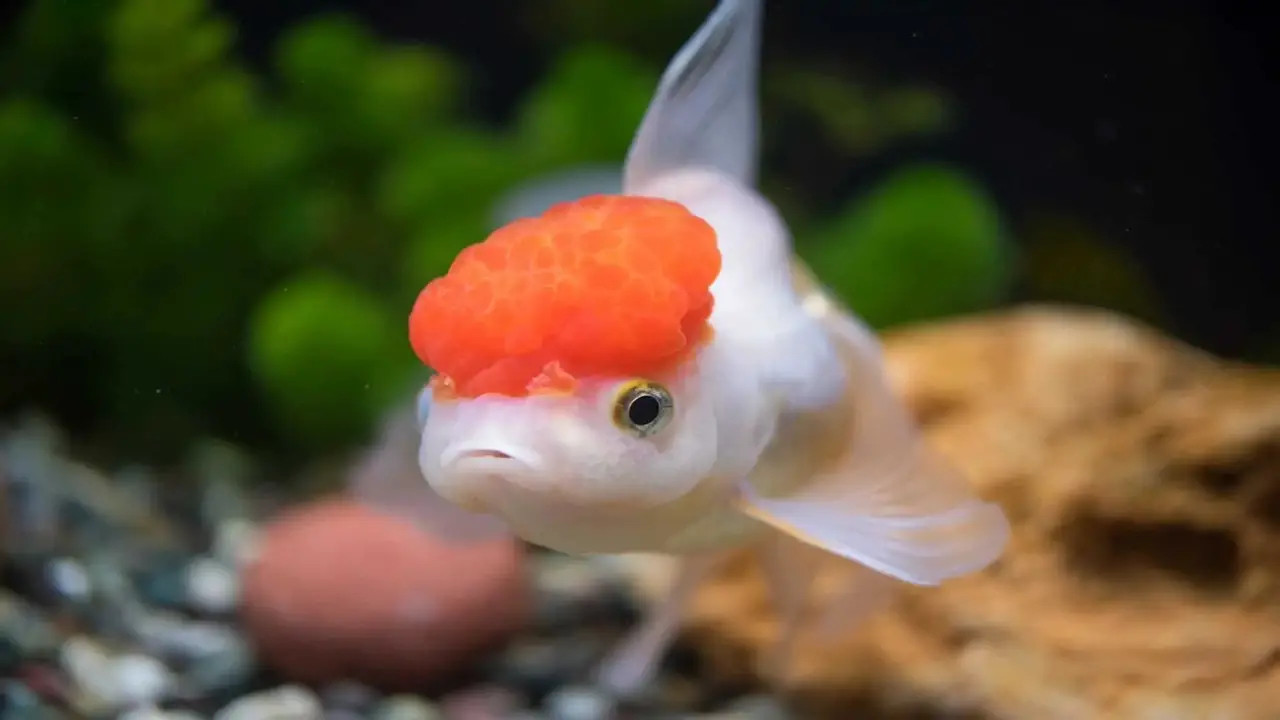
The sword-like bill is a distinctive characteristic found on the heads of certain fish species, resembling a sharp and pointed sword. This unique feature serves various purposes, including hunting prey, defense mechanisms, and mating rituals. Fish such as marlins, sailfish, and swordfish are popular to possess these impressive bills. Composed of bone and covered in scales, the sword-like bill can be challenging to remove if needed.
However, it’s important to note that a bump on the fish’s bill may indicate an infection, injury, or even a tumor requiring immediate veterinary attention. The presence of a bump on the sword-like bill is not something to be ignored, as it can affect the overall health and well-being of the fish.
Bioluminescent Lure
Fish heads often have bioluminescent lures that serve a specific purpose in deep-sea environments. Specialized cells create these lures by producing light through chemical reactions. The color and intensity of the light can vary depending on the fish species.
Some freshwater fish species have also exhibited bioluminescence, which is interesting. Scientists are currently studying this phenomenon for potential medical and industrial applications. Bioluminescent lures play a crucial role in attracting prey in the dark and vast depths of the ocean. They provide an advantage to the fish by helping them locate food and survive in their unique habitat.
Barbels
Certain fish species have barbels, also known as sensory organs, on their head. These organs are crucial in helping fish locate food and navigate through murky waters. While some fish, such as catfish, have long and prominent barbels, others may have shorter ones.
It’s important to note that barbels can be injured, especially through rough handling during fishing or by parasites. In case of an injury, keeping the water clean and adding aquarium salt to aid healing is recommended. Fish can maintain good health and thrive in aquatic environments by caring for the barbels.
Kype
During the breeding season, male salmon develop a hooked protrusion known as a kype on their lower jaw. The size and shape of the kype can provide insight into the salmon’s age and maturity. Hormonal changes and muscular development form this distinctive feature.
Interestingly, the presence of a kype can impact the taste and texture of the salmon meat. While some people consider it a delicacy and actively seek out salmon with well-developed kypes, others may prefer smoother textures. Overall, the kype indicates the salmon’s reproductive state and adds to the uniqueness and appeal of these fascinating creatures.
Tubercles
Tubercles, the small bumps found on a fish’s head, come in various shapes and sizes. These bumps serve multiple purposes, including defense, navigation, and attracting mates. During the breeding season, certain fish species, like salmon, develop large and colorful tubercles, adding a vibrant display to their appearance.
However, excessive or unusual bumps on a fish’s head can be indicative of underlying health issues or the presence of parasites. If you notice any abnormal bumps on your fish’s head, it’s essential to consult with a vet or an expert for a proper diagnosis and treatment. Understanding the significance of tubercles helps ensure the good health of your aquarium fish.
Cephalic Fins
Cephalic fins, found in certain fish species like sharks and rays, are unique features on the head. These fins serve various purposes, including hunting and navigation. Some fish, such as hammerhead sharks, have evolved distinctively shaped cephalic fins for specialized functions.
The size and shape of these fins can vary significantly among different fish species. Cephalic fins play a crucial role in fish survival, making them an important part of their anatomy. These fins are essential for a fish’s health and well-being, from detecting prey to maneuvering through the water. By studying the cephalic fins and their functionality, researchers gain insights into the fascinating world of underwater creatures.
Identifying The Symptoms Of Bumps On Fish Head
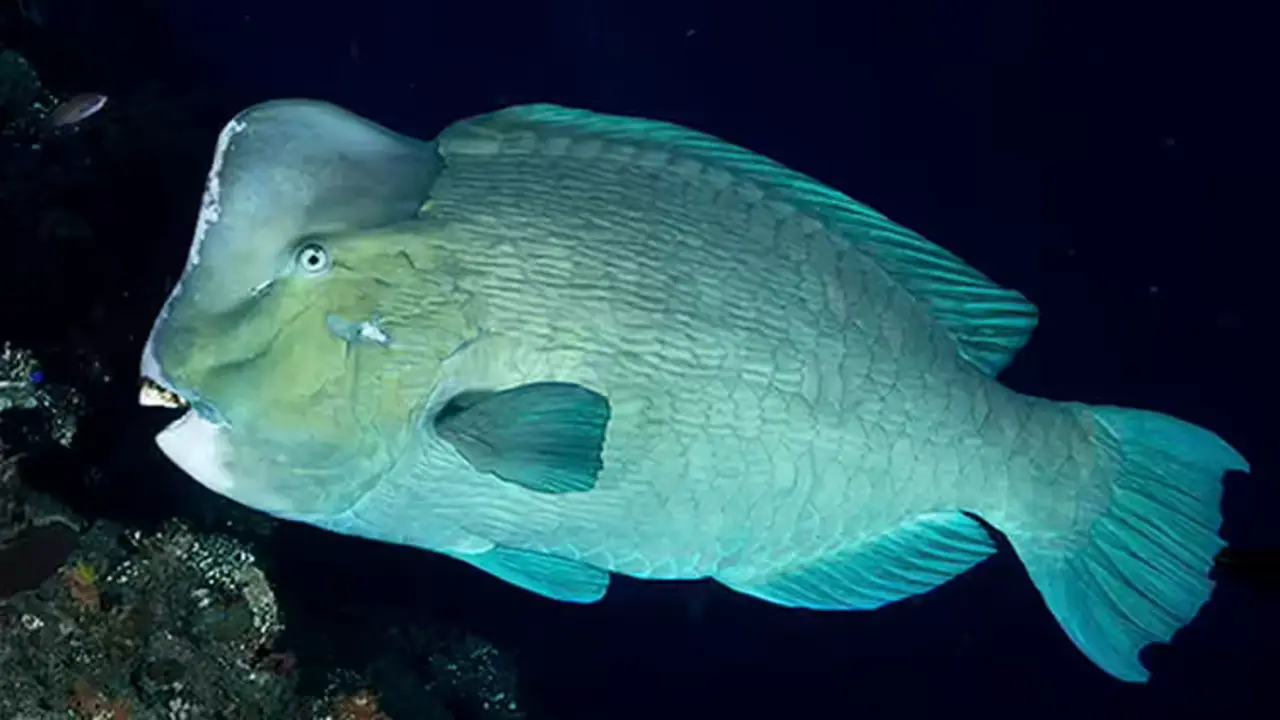
When identifying the symptoms of bumps on a fish’s head, there are a few common signs to look out for. One of the most noticeable symptoms is the presence of raised patches on the fish’s head. These patches can vary in size and may appear red or swollen.
Additionally, discoloration of the affected area is another symptom to watch for. The fish’s head may take on a different color, such as becoming darker or lighter than usual. It’s also important to observe the behavior of the fish. Fish with head bumps may exhibit erratic behavior or appear lethargic. This could be due to discomfort or pain caused by the bumps.
It’s worth noting that various factors, including bacterial or viral infections, parasites, or environmental stressors, can cause bumps on a fish’s head. To ensure the well-being of your fish and prevent the spread of infection to other tank inhabitants, it’s recommended to consult with a veterinarian or aquatic specialist for proper diagnosis and treatment.
Causes Behind Bumps On Fish Head
Bumps on a fish’s head can have various causes, including parasites, bacterial infections, and physical injuries. Certain species of fish are more prone to developing these bumps than others. Additionally, improper water quality and nutrition can also contribute to the formation of bumps on the fish’s head. To effectively treat these bumps, it is crucial to identify their underlying cause.
Consulting with a veterinarian or an experienced fish keeper is highly recommended for proper diagnosis and treatment. By addressing the root cause of the bumps, such as water quality issues or infections, the fish’s health can be restored, ensuring they stay in good condition in the aquarium.
Common Diseases That Lead To Bumps On Fish Head
Bacterial, fungal, and parasitic infections can cause bumps on fish heads. These common diseases include fish pox, lymphocytes, and columnar. These diseases may cause raised bumps, lesions, or discoloration on the head of a fish.
The appropriate treatment methods for these conditions may vary depending on the specific disease and the severity of the infection. To ensure the best course of action, it is advisable to consult with a veterinarian or an experienced fish hobbyist who can provide guidance based on their knowledge and expertise. By seeking professional advice, fish owners can help their aquatic pets overcome these diseases and return to good health.
How To Care For Goldfish With Bump On Head

If you notice a bump on your goldfish’s head, it is important to take proper care to ensure their health and well-being. One possible cause of a bump on a goldfish’s head is a condition called “wen,” which is the growth of excess skin tissue.
To care for a goldfish with a bump on its head, it is essential to maintain clean water conditions in the tank, as poor water quality can exacerbate the issue. Regular water changes and monitoring water parameters such as temperature, pH, and ammonia levels are crucial.
Additionally, providing a balanced diet with high-quality fish food can support the overall health of the goldfish and potentially improve the condition of the bump. If the bump does not improve or if there are other concerning symptoms, it is recommended to consult with a veterinarian who specializes in fish health for further guidance.
Conclusion
Bump on fish head can be caused by various factors such as infections, injuries, or underlying diseases. Identifying the symptoms and causes behind these bumps is important to provide the appropriate treatment. While some bumps may be harmless and resolve independently, others may require medical intervention.
It is crucial to monitor the overall health of your fish and maintain a clean and well-maintained aquarium environment to prevent the occurrence of bumps. If you notice any unusual bumps or changes in your fish’s appearance, it is recommended to consult with a veterinarian or aquatic specialist for a proper diagnosis and treatment. Remember, the health and well-being of your fish should always be a top priority.
Frequently Asked Questions
Why Does My Fish Lump Its Head?
Various factors like injury, disease, or parasite infestation can cause a lump on a fish’s head. Determining the cause is crucial, as bacterial infections, tumors, and cysts are common culprits. Prompt diagnosis and treatment are essential to prevent further harm to the fish.
Why Does My Fish Have A Bump?
Various factors, such as infections, tumors, or injuries, can cause bumps on a fish’s head. Poor water quality and overcrowding can also contribute to these bumps. Diagnosing the specific cause is crucial before treatment. Regular tank maintenance and proper feeding habits can help prevent future bumps.
Why Does My Goldfish Have A Bubble On Its Head?
A bubble on a goldfish’s head, commonly known as a “wen,” is often a genetic mutation. Poor water quality, nutrient deficiencies, bacterial infections, or injury can also cause it. Regular water changes and a balanced diet can help prevent wen growth and promote fish health.
What Does Lymphocystis Look Like?
Lymphocystis manifests as small, white or pinkish bumps on the fish’s head and body. These bumps may vary in size and shape, typically resembling cauliflower. Although not harmful to humans, Lymphocystis can be contagious among fish. Treatment involves improving water quality, reducing stress, and providing a balanced diet.
Can Fish Tumors Go Away?
Fish tumors can sometimes go away on their own, especially if they are small and not causing any significant health issues. However, it is important to note that fish tumors can indicate underlying health problems or environmental issues. If you notice a tumor on your fish, it is best to consult a veterinarian or an expert in aquatic animal health to determine the underlying cause and the appropriate course of action.

Aquarium passion is all about connecting with the aquatic life and providing education to the public on the importance of these creatures. We showcase a wide variety of marine life through our exhibits as well as working with schools to provide unique learning opportunities for students of all ages.



